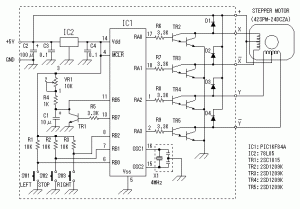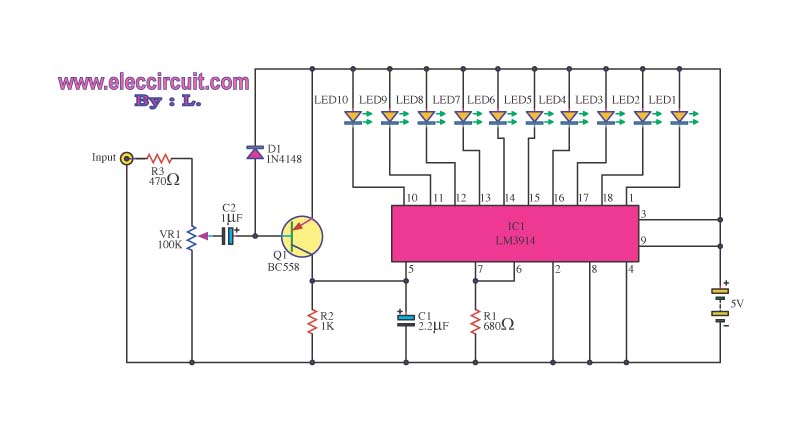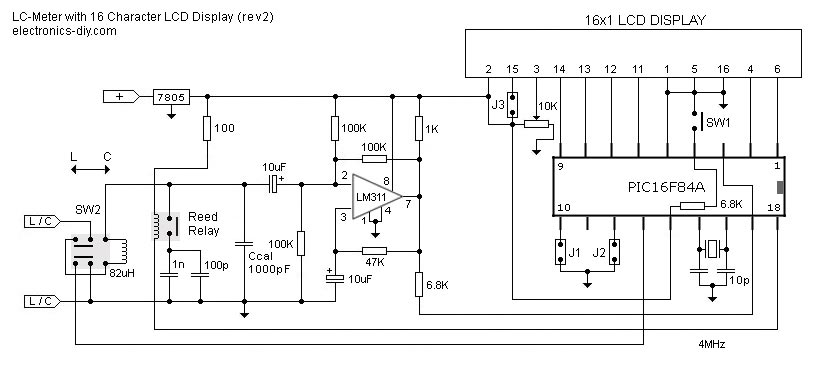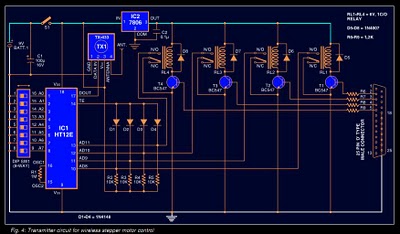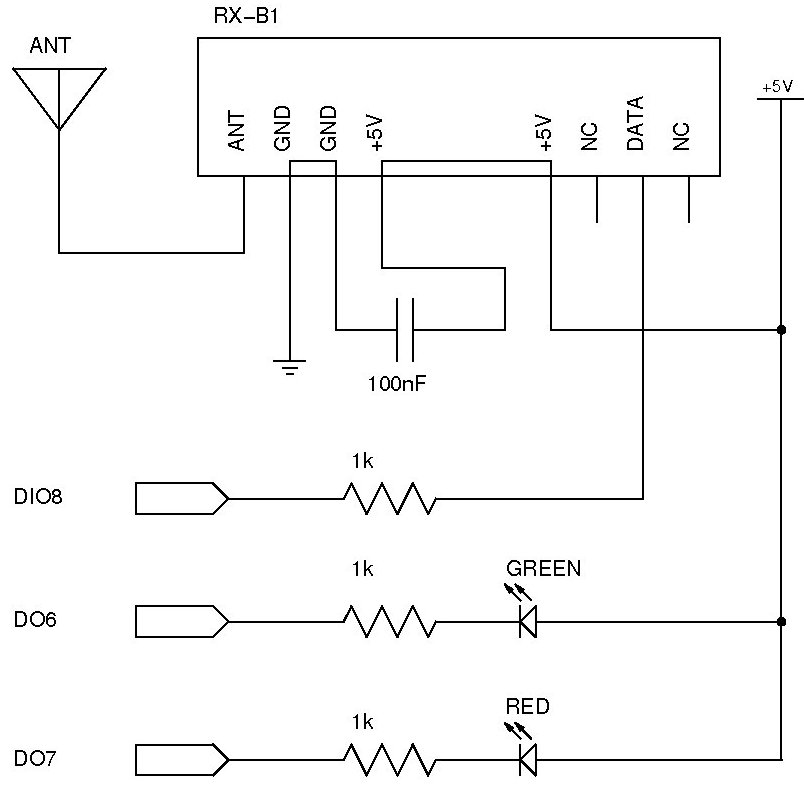
Repeating Interval TimerCircuit Based On The CMOS4060 IC
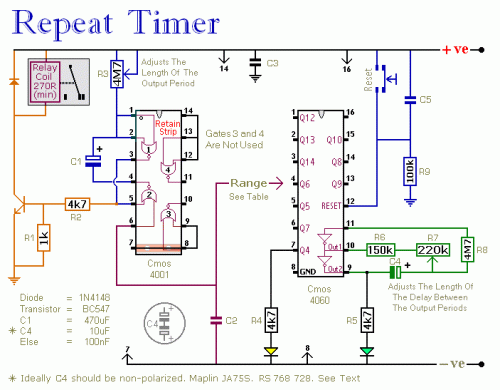
The following circuit illustrates a Repeating Interval Timer Circuit Diagram. This circuit is based on the CMOS 4060 integrated circuit (IC). Features include a 6-pin output.
The Repeating Interval Timer Circuit utilizing the CMOS 4060 IC is designed to generate precise timing intervals suitable for various applications, including pulse generation and timing control in electronic devices. The CMOS 4060 is a versatile IC that combines a binary counter and an oscillator, enabling it to produce a wide range of frequencies based on external resistor and capacitor components.
In this circuit, the oscillator function is achieved by connecting a resistor and capacitor to the appropriate pins of the CMOS 4060. The frequency of oscillation can be adjusted by varying the resistance and capacitance values, allowing for flexibility in timing intervals. The output from the oscillator is fed into the binary counter section of the IC, which divides the frequency down to generate specific time intervals.
The 6-pin output feature of the CMOS 4060 allows for multiple output signals, which can be utilized to drive other components such as LEDs, relays, or other digital logic circuits. This capability makes the circuit suitable for applications that require repetitive timing signals or pulse outputs.
For optimal performance, it is essential to select the resistor and capacitor values carefully to achieve the desired timing intervals. Additionally, the power supply voltage should be within the specified range for the CMOS 4060 to ensure reliable operation. Proper decoupling capacitors may also be included in the design to minimize noise and enhance stability.
Overall, the Repeating Interval Timer Circuit based on the CMOS 4060 IC provides a robust solution for generating repeatable timing intervals, making it an invaluable component in various electronic applications.The following circuit shows about Repeating Interval Timer Circuit Diagram. This circuit based on the CMOS4060 IC. Features: 6 pin output, IC .. 🔗 External reference
The Repeating Interval Timer Circuit utilizing the CMOS 4060 IC is designed to generate precise timing intervals suitable for various applications, including pulse generation and timing control in electronic devices. The CMOS 4060 is a versatile IC that combines a binary counter and an oscillator, enabling it to produce a wide range of frequencies based on external resistor and capacitor components.
In this circuit, the oscillator function is achieved by connecting a resistor and capacitor to the appropriate pins of the CMOS 4060. The frequency of oscillation can be adjusted by varying the resistance and capacitance values, allowing for flexibility in timing intervals. The output from the oscillator is fed into the binary counter section of the IC, which divides the frequency down to generate specific time intervals.
The 6-pin output feature of the CMOS 4060 allows for multiple output signals, which can be utilized to drive other components such as LEDs, relays, or other digital logic circuits. This capability makes the circuit suitable for applications that require repetitive timing signals or pulse outputs.
For optimal performance, it is essential to select the resistor and capacitor values carefully to achieve the desired timing intervals. Additionally, the power supply voltage should be within the specified range for the CMOS 4060 to ensure reliable operation. Proper decoupling capacitors may also be included in the design to minimize noise and enhance stability.
Overall, the Repeating Interval Timer Circuit based on the CMOS 4060 IC provides a robust solution for generating repeatable timing intervals, making it an invaluable component in various electronic applications.The following circuit shows about Repeating Interval Timer Circuit Diagram. This circuit based on the CMOS4060 IC. Features: 6 pin output, IC .. 🔗 External reference
